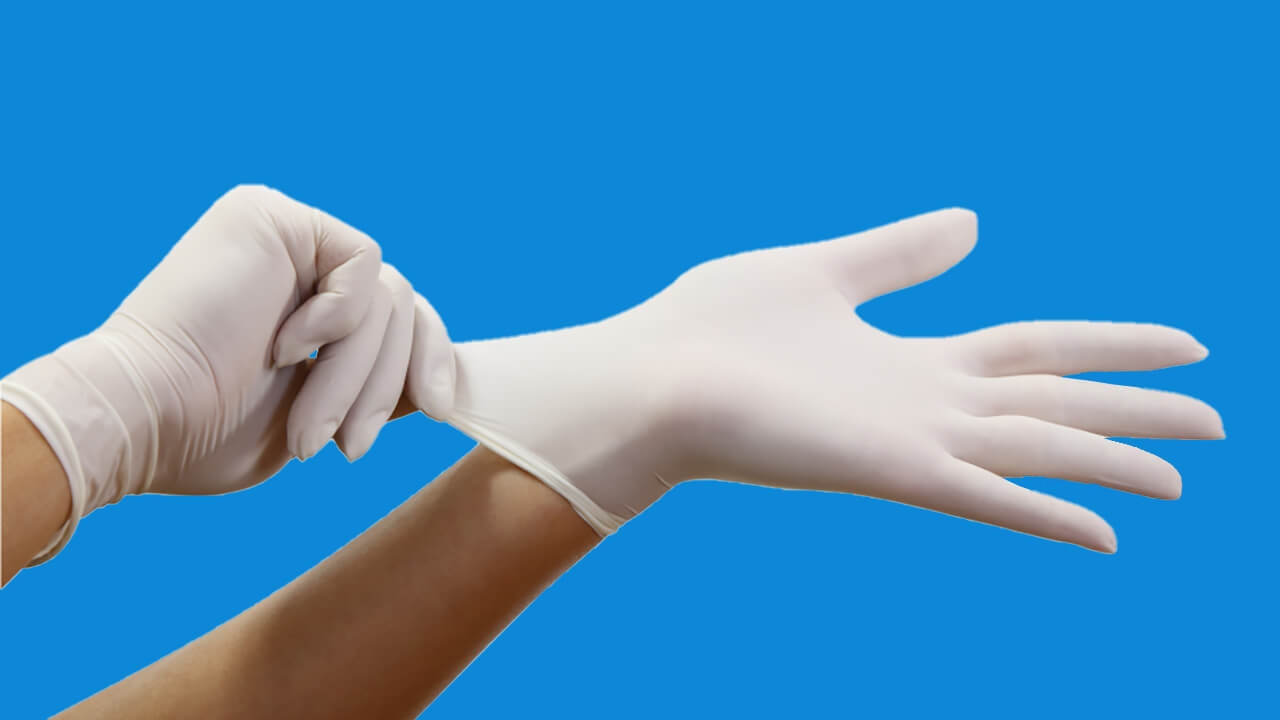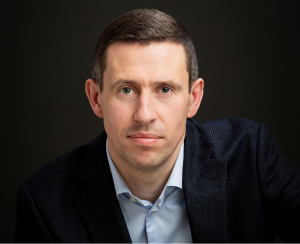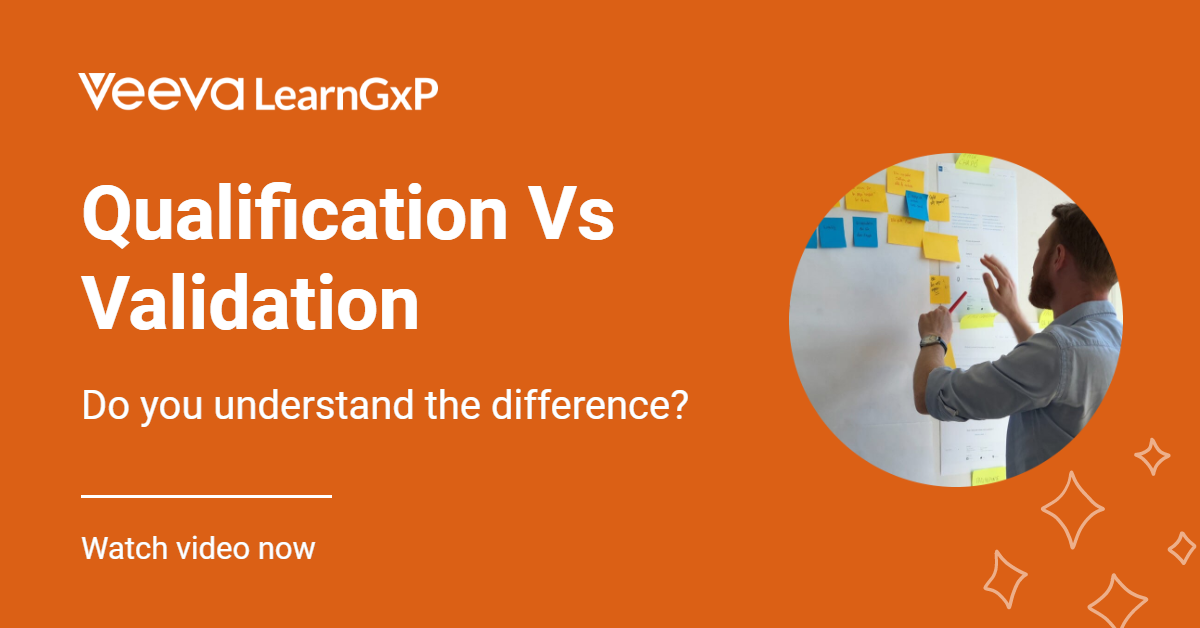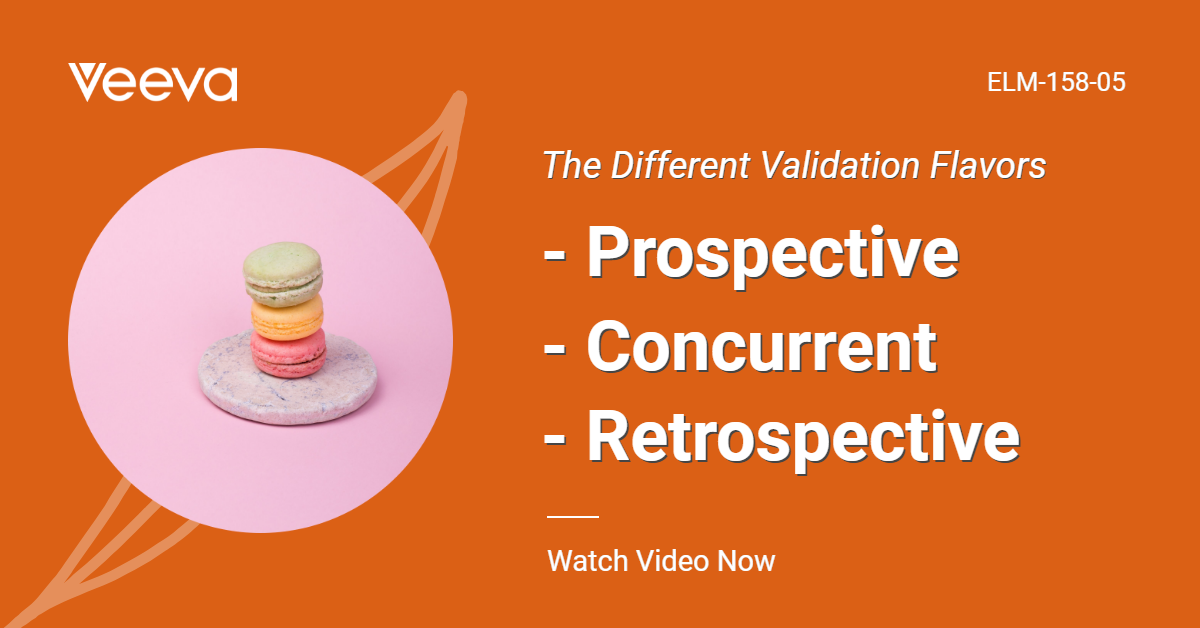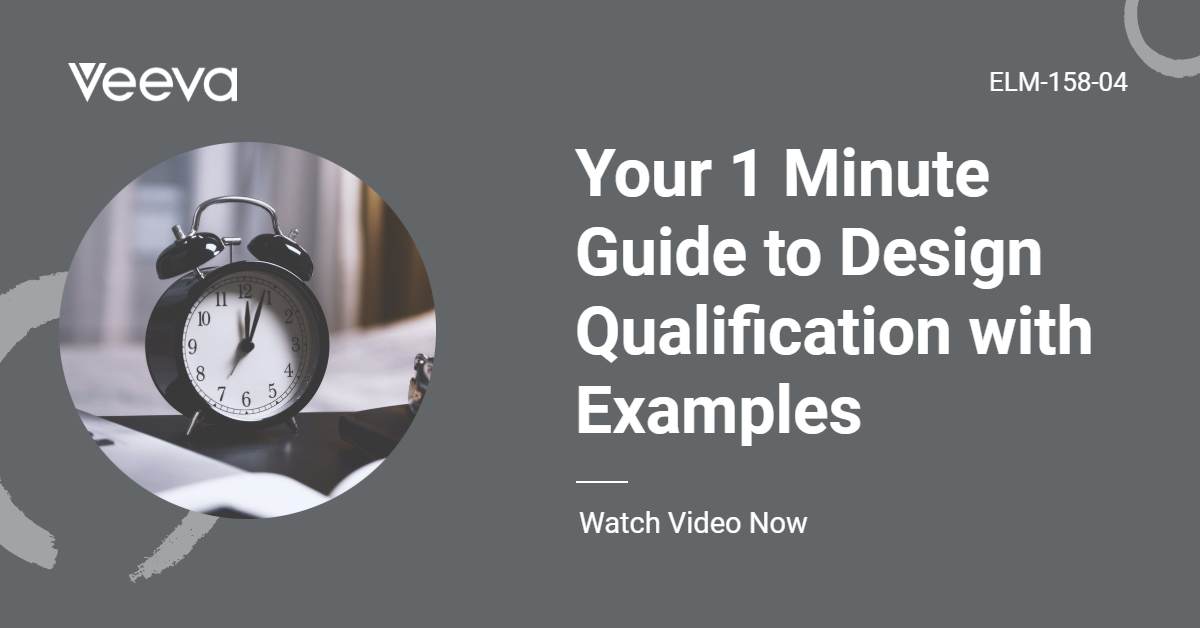
Cleaning validation should only start once there is a well-developed, capable, and consistent cleaning process in place along with agreed limits, validated sampling and detection methods, and a documented development history.
In developing a cleaning method, the following points should be considered:
1. Selection
Selection of cleaning process – manual vs. automated (CIP or COP).
2. Historical
Historical cleaning data and previous validation data, if available.
3. Strategy
Cleaning strategy, including any grouping by equipment, prosses,
and risk.
4. Worst Case
Worst case approach (residues to be cleaned, equipment surface).
5. Nature
- Nature of soils (chemical/physical nature of the molecule / soil to remove, reactivity, physicochemical characteristics of the molecule, chemical state of soils).
- Nature of product contacting surface.
6. Concentration
Cleaning agent and concentration selection (detergent, complexing agents, sequestering agents, deformers, oxidizing agents H2O2, corrosion inhibitors – silicates).
7. Paramters
Parameter and range determination for critical parameters (temperature, pressure, volume, process / contact time, end point).
7. Recovery
Recovery Factor studies and factoring experimental design.
8. Analytical Methods
Selection of appropriate validated analytical methods based on the nature of analytes with respect to sensitivity, specificity, precision, and accuracy.
9. Sampling
Sampling methodology, appropriate sample preparation, and method should be developed.
10. Difficult Areas
Assessment of the hardest or most difficult locations to clean (perhaps as determined by Riboflavin clearance tests).
11. Sampling
Sampling locations.
12. Hold Times
Clean and dirty hold times.
13. Sequence
Sequence development and complexity of the cleaning sequence.
13. Experimental
Experimental runs.
Cleaning and Sanitization Studies
Although not strictly part of cleaning validation, it is expected that cleaning and sanitization studies will have taken place before validation and will have addressed microbiological and endotoxin contamination for those processes where there is a need to reduce total microbiological count or endotoxin in the API, or other processes where such contamination could be of concern (for example, non-sterile API’s used to manufacture sterile products).
The greater the risk of the product or the greater the drug potency or toxicity, the more effort required on the validation of cleaning methods.
(WHO).
Critical Sites
Locations that have a tendency to endanger a single dose with a high level of contamination are called critical sites. Such locations or sites demand special cleaning emphasis, more intensive sampling and testing plans, and may require more stringent acceptance criterion.
Raw materials sourced from different suppliers may have different physical properties and impurity profiles. Such differences should be considered when designing cleaning procedures as the materials may behave differently. (PIC/S)

